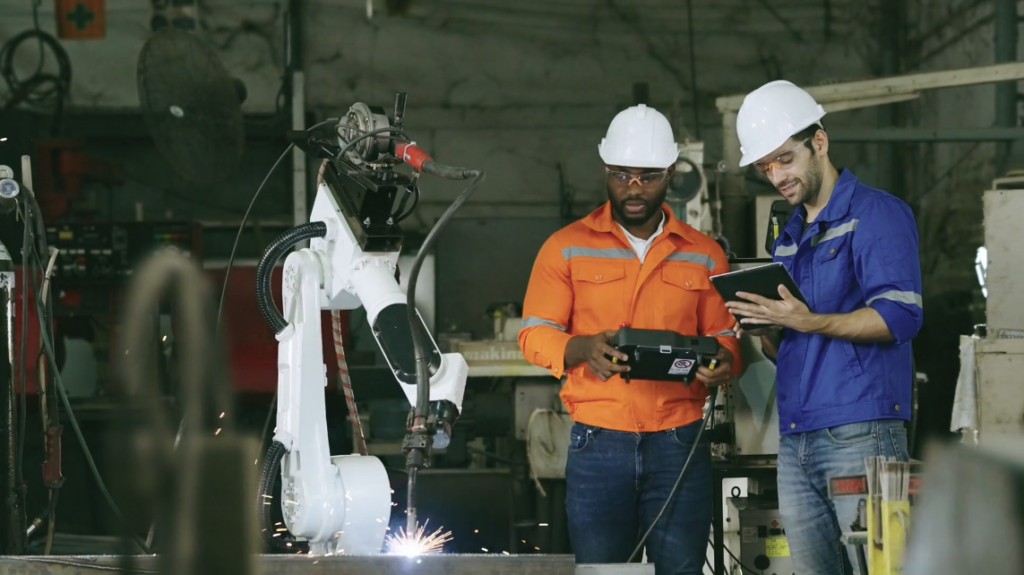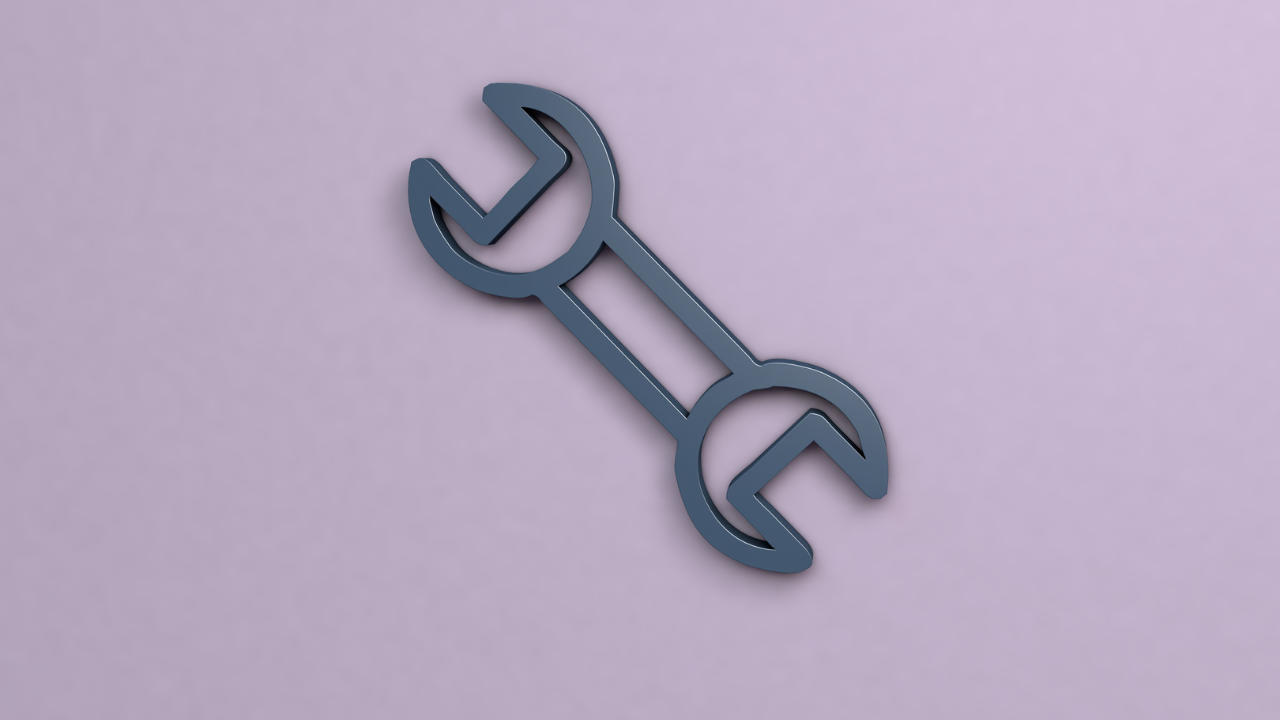Does Condition Based Maintenance (CBM) Improve Reliability?
Alan Friedman, CAT IV, CRL, CMRP – Zenco Vibrations
Posted 12/12/2023
Condition-based maintenance (CBM) is a maintenance strategy that focuses on monitoring the condition of equipment to determine when maintenance actions should be performed. While CBM can be effective in reducing unplanned downtime and optimizing maintenance activities, it alone does not address the root causes of failure and may not lead to long-term improvements in machine reliability. Here are a few reasons why CBM, on its own, may not improve reliability:

CBM primarily relies on detecting changes in machine condition and performing maintenance actions in response to those changes. This approach means that maintenance actions are taken after the equipment has already experienced some level of degradation or damage. While CBM can help mitigate the consequences of failure and minimize downtime, it does not prevent the occurrence of failures or address the underlying causes.
CBM often focuses on monitoring a limited set of parameters or indicators that are indicative of potential failures. While these indicators can provide valuable insights into the condition of the equipment, they may not capture the complete picture of the various failure modes that a machine can experience. Without a comprehensive understanding of failure modes and their root causes, CBM may not effectively prevent failures or improve long-term reliability.
Reliability issues are not always isolated to individual components or machines. Sometimes, failures can be traced back to systemic issues such as design flaws, inadequate maintenance practices, environmental factors, or operational constraints. CBM, with its primary focus on individual machine condition monitoring, may not address these systemic issues, and thus, reliability improvements can be limited.
Lack of preventive actions: CBM typically relies on maintenance actions triggered by the condition monitoring data. However, these actions often involve corrective repairs, such as replacing a failed component. While these actions are necessary to restore the equipment to its operational state, they may not address the underlying causes of failure or prevent similar failures from occurring in the future. To improve reliability, it is essential to identify and implement proactive actions that address the root causes of failures.

To truly improve machine reliability, it is important to complement CBM with other strategies that focus on identifying and removing the root causes of failure. This may involve activities such as root cause analysis (RCA), failure mode and effects analysis (FMEA), reliability-centered maintenance (RCM), and continuous improvement initiatives. These approaches help identify the underlying factors contributing to failures, enabling targeted actions to eliminate or mitigate those factors. By addressing the root causes, reliability can be improved, and the occurrence of failures can be significantly reduced, leading to more reliable and robust machinery operations.
Find a Course and Get Certified!
ISO 18436-2 Cat 1, Cat 2 and Cat 3 Vibration Analysis Training and Certification. Online courses are the easiest and most cost effective ways to get certified! Alan is also available for on-site training. Click to see the list of public courses.

Alan Friedman
Alan, aka the Vibe Guru, has over 30 years of vibration analysis experience, He has trained 1000’s of students around the world up to Category IV. One of the things that makes Alan a great teacher is his ability to teach people where they are at. Whether you are a math challenged millwright, an engineer or a PhD, Alan will challenge you without overwhelming you. If you are interested in condition monitoring you can also check out his book: Audit It. Improve It! Getting the Most from your Vibration Monitoring Program or hire him for an on-site program audit.
Related Articles

Improvement: What Comes First?

The RCM Trap

The Japanese Path to Maintenance Excellence

The Face of Effective Reliability Management

The Cost of Doing Nothing

Reliability Improvements Drive Down Maintenance Costs

Reliability Centered 'Workforce' Maintenance

Fixing Maintenance

Design for Maintainability: The Innovation Process in Long Term Engineering Projects

Design for Maintainability

Work Order Prioritization

Proactive Approach to Shutdowns Reduces Potlatch Maintenance Costs





